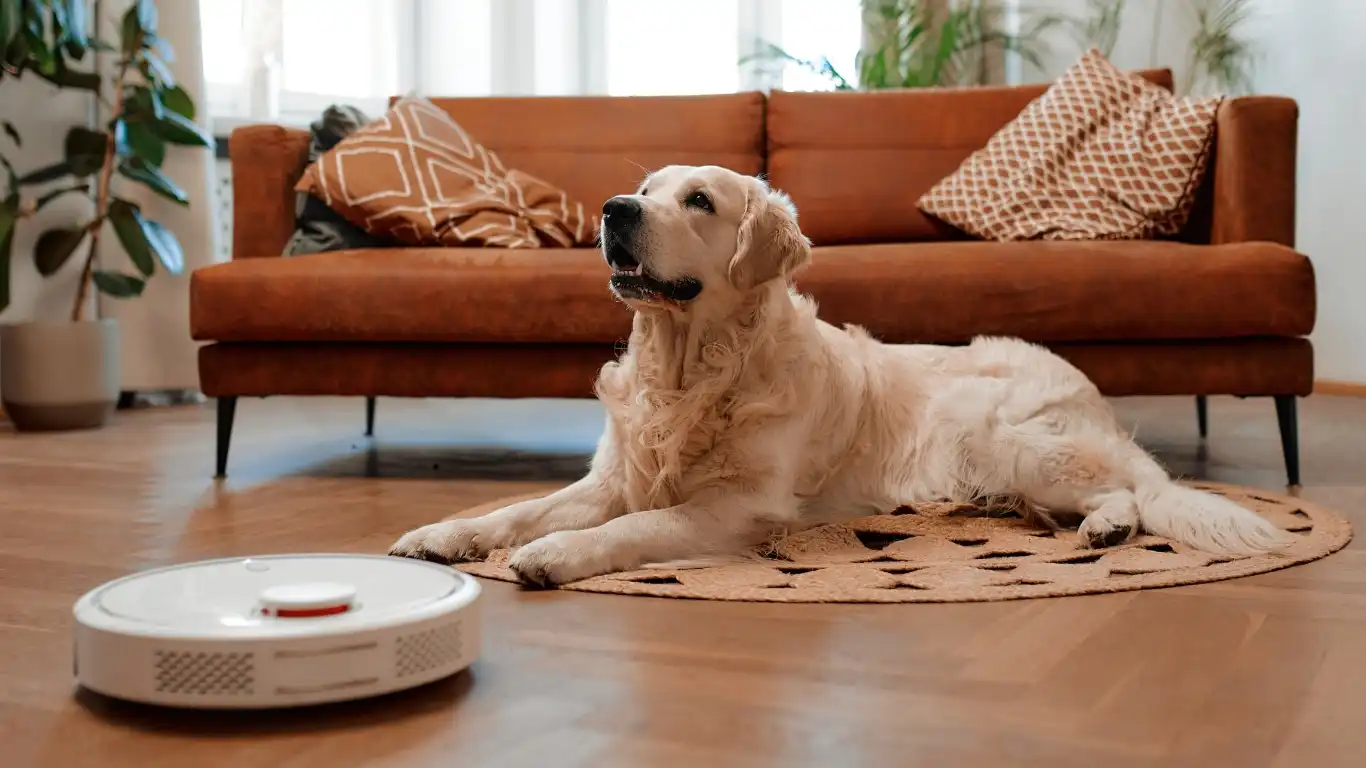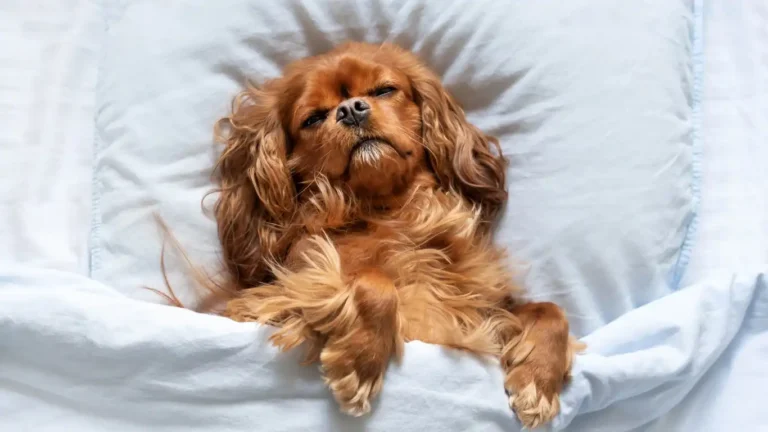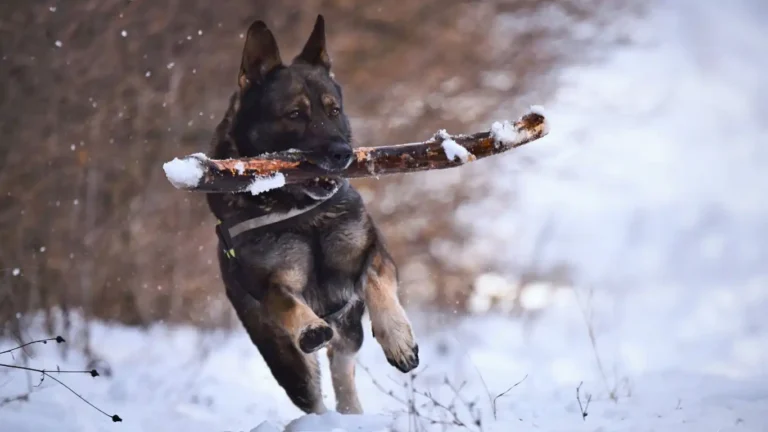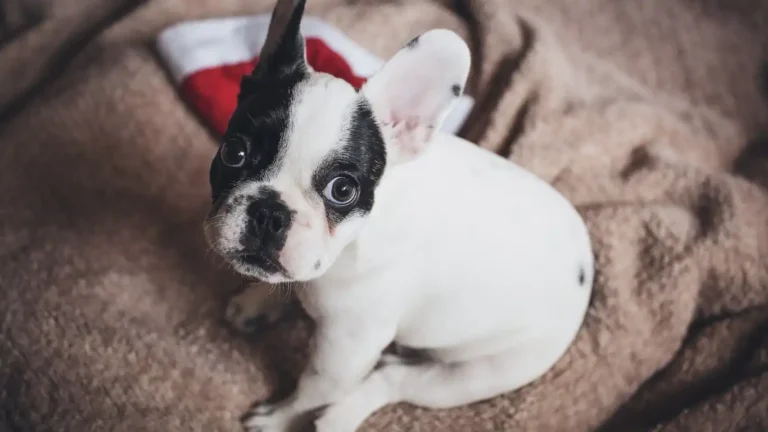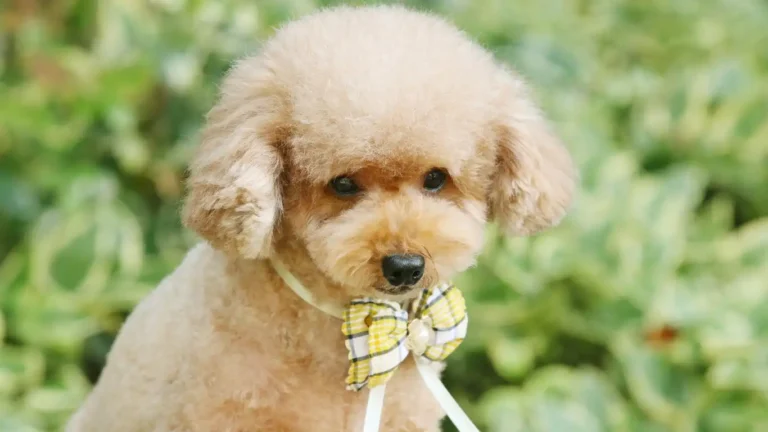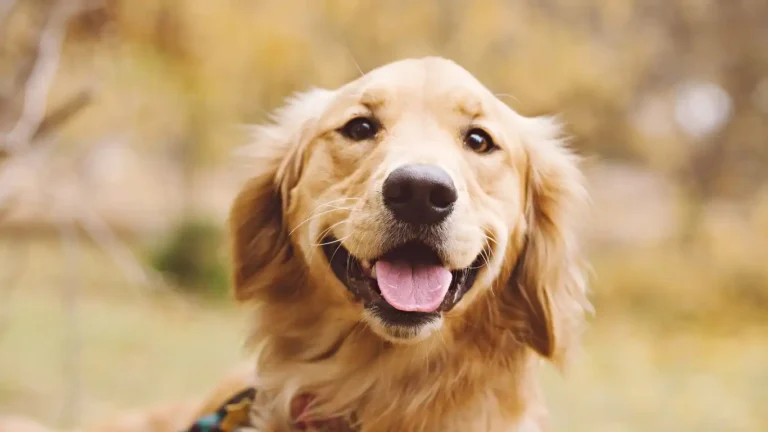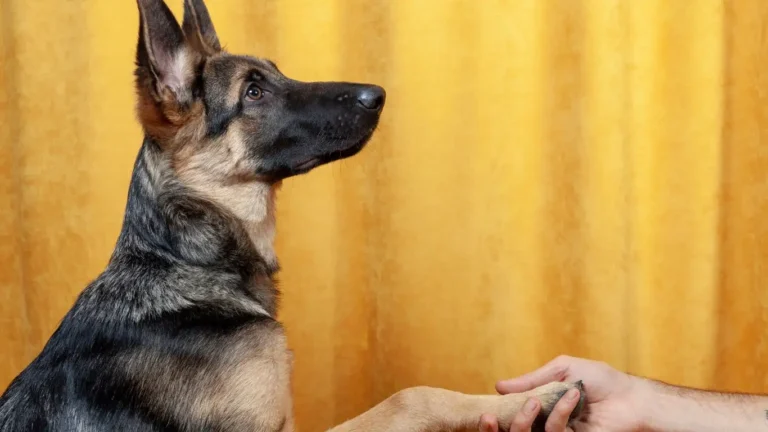Ultimate Guide: How to Clean Dog Toys Without Harmful Chemicals Safely
When it comes to keeping our pups happy and healthy, most of us pet parents are quick to think about good food, daily walks, and regular vet visits. But one thing that often gets overlooked is something our dogs chew on every single day—yep, their toys! As a Veterinary Technician and Canine Nutrition Specialist, I’ve seen firsthand how dirty dog toys can contribute to everything from tummy troubles to bacterial infections. That’s why I always stress the importance of knowing how to clean dog toys without harmful chemicals. Trust me, a quick rinse isn’t enough—and bleach? Just no. Let’s dive into safe, vet-approved ways to keep your dog’s toys fresh without compromising their health.
Why You Should Rethink How You’re Cleaning Your Dog’s Toys
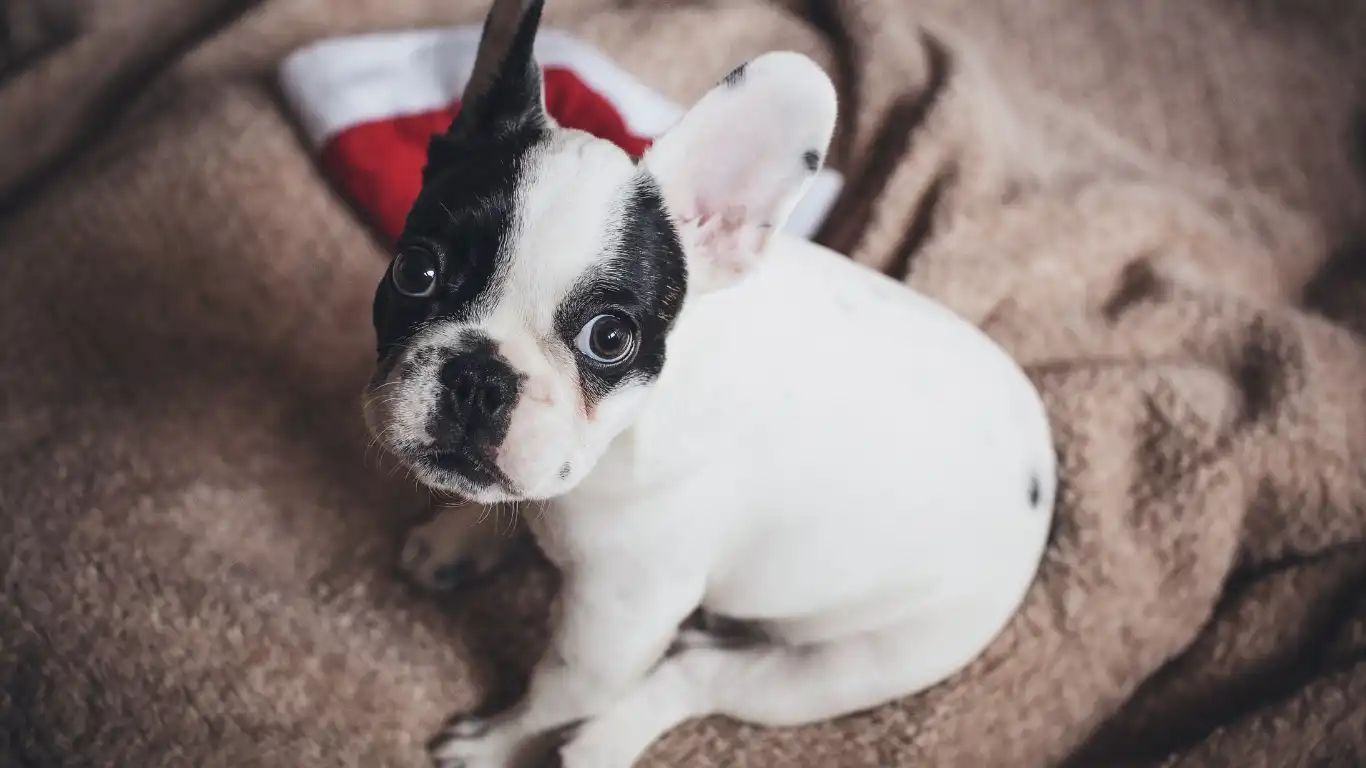
If your dog is anything like most of the patients I see, their toys go everywhere with them—on walks, in the yard, to bed, even in their food bowl. With all that love and slobber comes a ton of bacteria, mold, and dirt. Some of the most common germs found on dog toys include staphylococcus, enterobacteria (like E. coli), and even yeast. Nasty, right? And if you’re using harsh household cleaners to disinfect those toys, you might actually be doing more harm than good.
Conventional cleaning products often leave behind residues that aren’t safe for ingestion. I’ve had clients come in with dogs suffering from minor mouth ulcers or upset stomachs, only to find out their toys were soaked in cleaners meant for hard surfaces, not pet items. That’s why switching to safer, more natural methods is a total game-changer—not just for your pup, but for your peace of mind too.
Types of Dog Toys and the Best Cleaning Approach for Each

1. Rubber and Silicone Toys
These are the tough chewers’ best friends. Think Kongs and other treat-dispensing toys. They’re durable, but they can trap saliva and crumbs in all those crevices. Here’s my go-to method that I recommend to pet parents in the clinic:
- Soak in a mixture of equal parts white vinegar and warm water for about 30 minutes.
- Scrub gently with a toothbrush to get into grooves and small openings.
- Rinse thoroughly and air dry.
Pro tip: For toys with small holes or complex designs, use a baby bottle brush or straw cleaner to reach inside.
2. Plush and Fabric Toys
These are some of the hardest to clean properly—and the easiest to harbor bacteria. If they’re machine washable (check the tag!), throw them in a pillowcase or laundry bag and wash with a mild, fragrance-free detergent. But avoid fabric softener—it’s full of chemicals your dog doesn’t need in their mouth.
- Wash on a gentle cycle using hot water.
- Add a cup of white vinegar in the rinse cycle for an extra antibacterial boost.
- Air dry or tumble dry on low with no dryer sheets.
I always tell my clients: if the toy smells funky or is falling apart, toss it. Safety over sentimentality!
3. Rope Toys
Now these are interesting—because you can actually microwave them to kill germs. Sounds wild, but it works! Here’s how I do it at home:
- Soak the rope toy in plain water (very important so it doesn’t catch fire).
- Microwave it for 60 seconds on high.
- Let it cool completely before giving it back to your dog.
It’s a quick fix, but only works if there are no metal parts or plastic components. If in doubt, skip the microwave and stick to soaking in vinegar water and sun drying.
The Dangers of Chemical Cleaners for Dog Toys
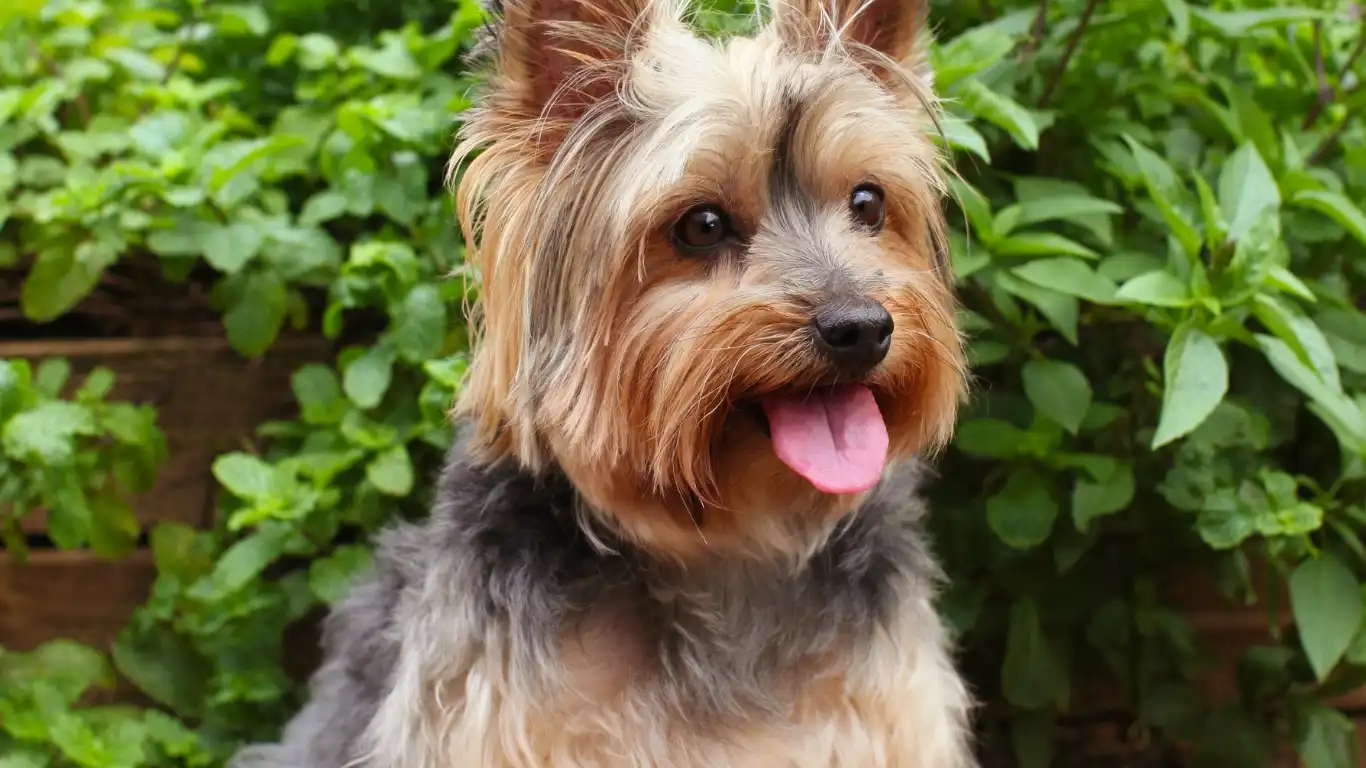
This is where I get a little fired up. So many commercial cleaners are made for human use—not canine consumption. Even “green” products can contain essential oils or residues that are toxic to dogs. Ingredients like bleach, ammonia, and phenols are absolute no-gos. I’ve treated more than one pup with mild chemical burns in the mouth because a toy wasn’t rinsed properly after cleaning with these substances.
Look, I get it—keeping things clean is important. But there are better, safer options out there that won’t jeopardize your dog’s health. And they work just as well, if not better. Natural doesn’t mean less effective when you use the right methods. Coming up, I’ll walk you through my favorite homemade cleaning solutions and how to build a simple cleaning routine that keeps your dog’s playthings fresh and safe all week long.
Safe, Natural Cleaning Solutions You Can Make at Home
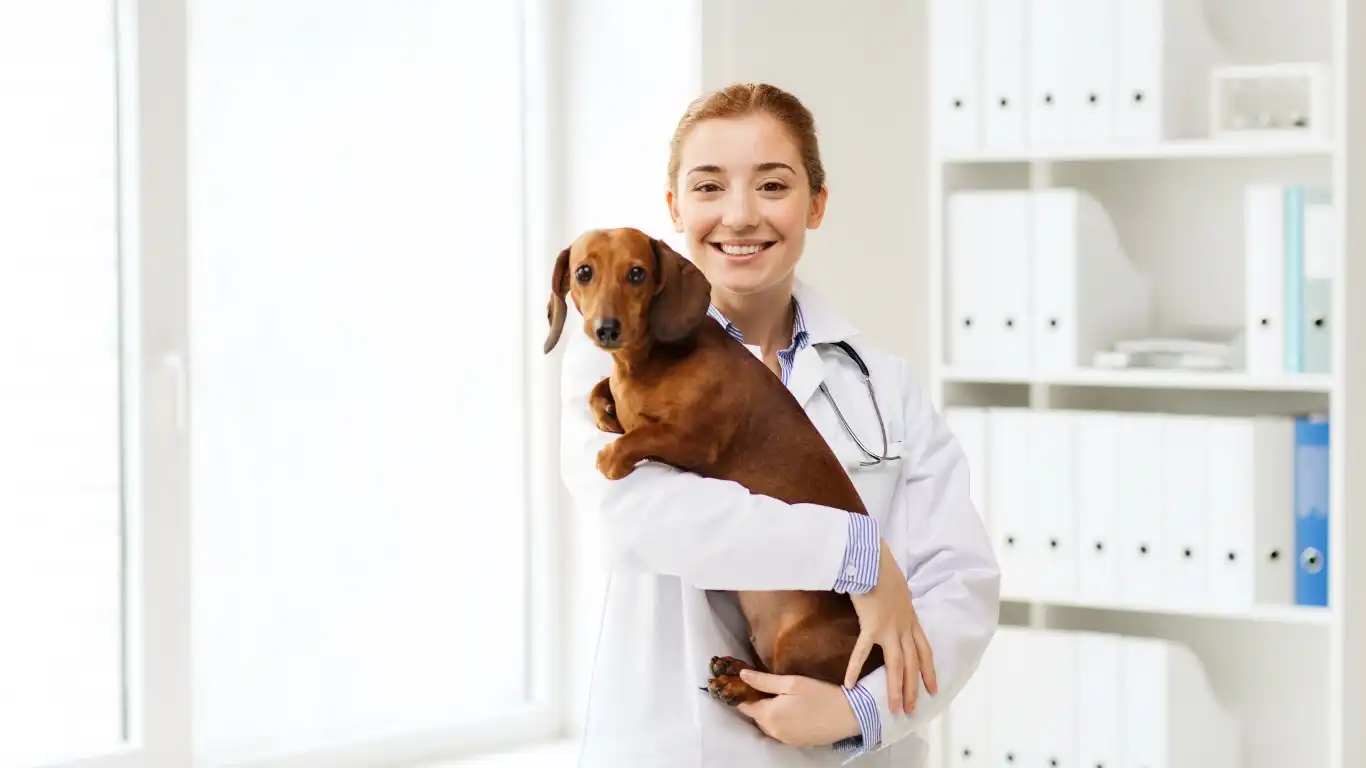
One of the questions I get most often from pet parents is: “Bianca, what can I actually use to clean my dog’s toys that won’t be toxic?” I totally get it. When you’re used to grabbing whatever’s under the sink, switching gears can feel confusing. But here’s the good news—there are plenty of simple, natural ingredients you probably already have that work wonders.
From my experience working with countless dog owners and vets, the best way to clean dog toys without harmful chemicals is to lean on these gentle but effective helpers:
- White vinegar: This is my all-time favorite. It’s mildly acidic, which means it naturally kills bacteria and neutralizes odors. Plus, it’s totally safe and non-toxic.
- Baking soda: A mild abrasive that helps scrub away grime and neutralize smells.
- Lemon juice: Contains natural antibacterial properties and adds a fresh scent without chemicals.
- Castile soap: A plant-based, gentle soap that’s safe for pets when rinsed well.
Here’s a simple DIY recipe I recommend to clients for rubber or plastic toys:
- Mix 1 cup of white vinegar with 1 cup of warm water.
- Add 1 tablespoon of baking soda—be careful, it will fizz!
- Soak the toys for about 30 minutes.
- Scrub lightly with a brush if needed.
- Rinse thoroughly with clean water and air dry completely before giving back to your dog.
For plush toys, just add 1/2 cup of vinegar to the rinse cycle of your washing machine. That’s it! The vinegar helps kill bacteria and softens the fabric naturally.
How Often Should You Clean Your Dog’s Toys?
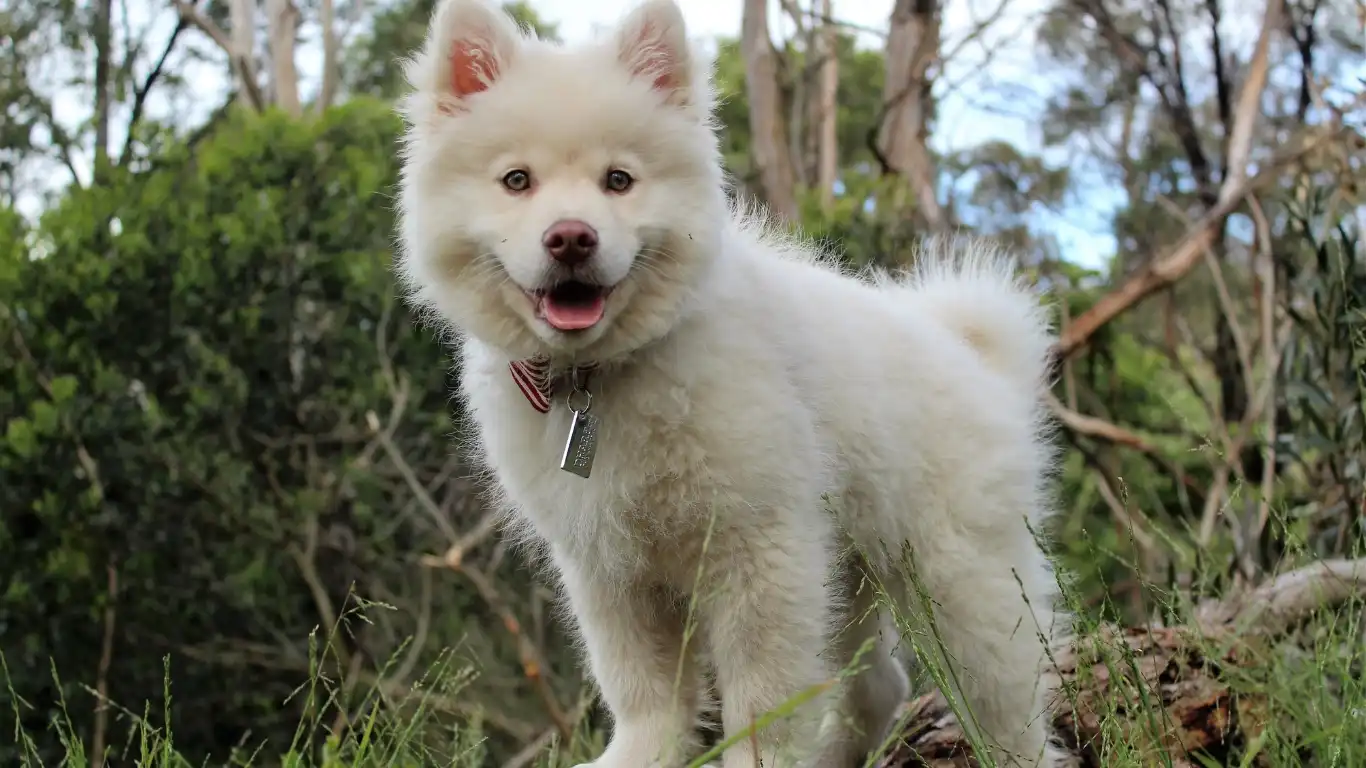
Okay, so you’re probably wondering, “How often is too often?” or “Is there a magic number for cleaning toys?” Based on my years of working in vet clinics and hearing stories from fellow dog lovers, here’s the rule of thumb:
- Rubber and silicone toys: Clean once a week if your dog is a regular chewer. If they’ve been outside or dropped in mud, clean right away.
- Plush toys: Wash every 1-2 weeks, or sooner if they start smelling funky or look visibly dirty.
- Rope toys: Because they hold moisture, wash or microwave weekly and toss if they start unraveling.
In my personal experience with my own dogs, I usually pick a cleaning day once a week—Sunday afternoons work great! It’s become a small ritual: we clean toys, then I give them a quick inspection for tears or missing parts. It saves so much trouble in the long run and keeps everyone healthy.
Tips to Keep Dog Toys Cleaner, Longer
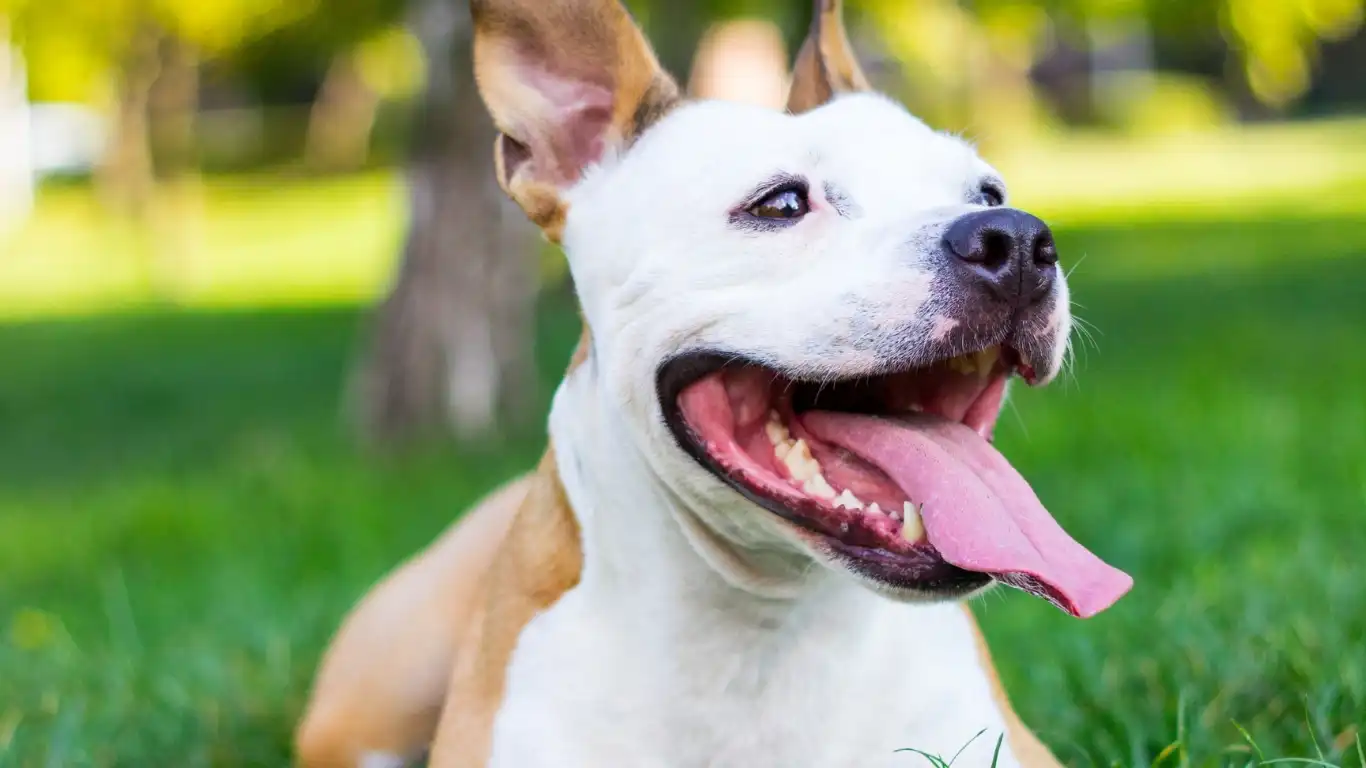
Besides knowing how to clean dog toys without harmful chemicals, prevention is just as key. Here are some easy tricks I’ve picked up both on the job and at home to keep your dog’s toys fresher for longer:
- Rotate toys: Don’t let your dog have access to all toys at once. Rotate a few every few days to reduce constant slobber and dirt buildup.
- Designate a play area: Encourage your dog to play with toys in one spot that’s easier to clean, like a tile floor or washable rug.
- Keep an eye out for damage: Regularly inspect toys for holes, tears, or worn areas that can trap dirt or even become choking hazards.
- Wash your dog’s paws: After outdoor play, wipe their paws before they dive into the toy box. Less dirt equals less grime on toys.
In fact, I’ve noticed that when clients start following these small steps, their dogs’ mouths stay healthier, and the frequency of vet visits for minor infections goes down. It’s a win-win.
When to Replace Dog Toys Completely
Sometimes cleaning just won’t cut it, and that’s okay. As a vet tech, I can’t stress enough the importance of safety. If a toy is starting to fall apart, smells moldy even after washing, or has sharp edges from chewing, it’s time to say goodbye.
My recommendation? Keep a stash of backup toys so you’re never caught off guard. That way, when it’s time to toss an old favorite, you’ve got something fresh ready to go—clean, safe, and inviting.
Remember, your dog’s health is always worth a little extra effort. Using natural, vet-approved cleaning methods and knowing when to replace toys can make a huge difference in their overall well-being.
Extra Tips for Keeping Your Dog’s Playtime Safe and Healthy

By now, you’ve got a solid handle on how to clean dog toys without harmful chemicals and keep those slobbery favorites fresh. But let me share a few more personal tips from my years as a Veterinary Technician that make a real difference in the day-to-day care of your furry friend’s toys—and ultimately their health.
Encourage Healthy Chewing Habits
Dogs love to chew, it’s part of their nature. But certain chewing habits can wear out toys faster or expose your pup to unnecessary germs. When I worked in the clinic, I noticed dogs who tend to chew aggressively often need sturdier toys and more frequent cleaning. Offering chew alternatives like dental chews or raw bones (safely sourced and vet-approved) can reduce wear and tear on toys and lower the risk of infections from worn-out, torn toys.
Store Toys Properly Between Use
Something many don’t think about: where you keep the toys. Leaving them scattered around the yard or house exposes them to dirt, dust, and bacteria. I suggest designating a clean, dry spot like a basket or bin that you can wipe down regularly. This simple habit reduces contamination and helps keep track of your pup’s favorites.
Watch for Allergies or Sensitivities
Sometimes, toys cleaned with even mild natural ingredients can cause mild irritation in sensitive dogs. I’ve seen a few cases where switching cleaning methods or rinsing toys extra well resolved skin or mouth irritations. If your dog shows redness, excessive drooling, or chews more aggressively after toy cleaning, try rinsing toys thoroughly or changing to a different cleaning method.
Environmental and Health Benefits of Chemical-Free Cleaning

Choosing to clean your dog’s toys naturally is not only better for your pet but also for the planet. Harsh chemicals found in many household cleaners can pollute water supplies and harm wildlife once washed down drains. By using natural ingredients like vinegar and baking soda, you’re reducing your environmental footprint while providing safer care for your dog.
As someone deeply passionate about animal health and sustainability, I encourage all dog parents to think of their pet’s toys like you would your own children’s items—gentle, safe, and eco-friendly care makes all the difference.
Resources & References
- American Veterinary Medical Association (AVMA)
- American Society for the Prevention of Cruelty to Animals (ASPCA)
- American Animal Hospital Association (AAHA)
- American Gastroenterological Association
Disclaimer
The information provided in this article is based on my professional experience as a Veterinary Technician specializing in canine nutrition and is intended for general informational purposes only. It should not replace professional veterinary advice, diagnosis, or treatment. If your dog experiences any unusual symptoms or reactions related to toy use or cleaning, please consult your veterinarian promptly.
